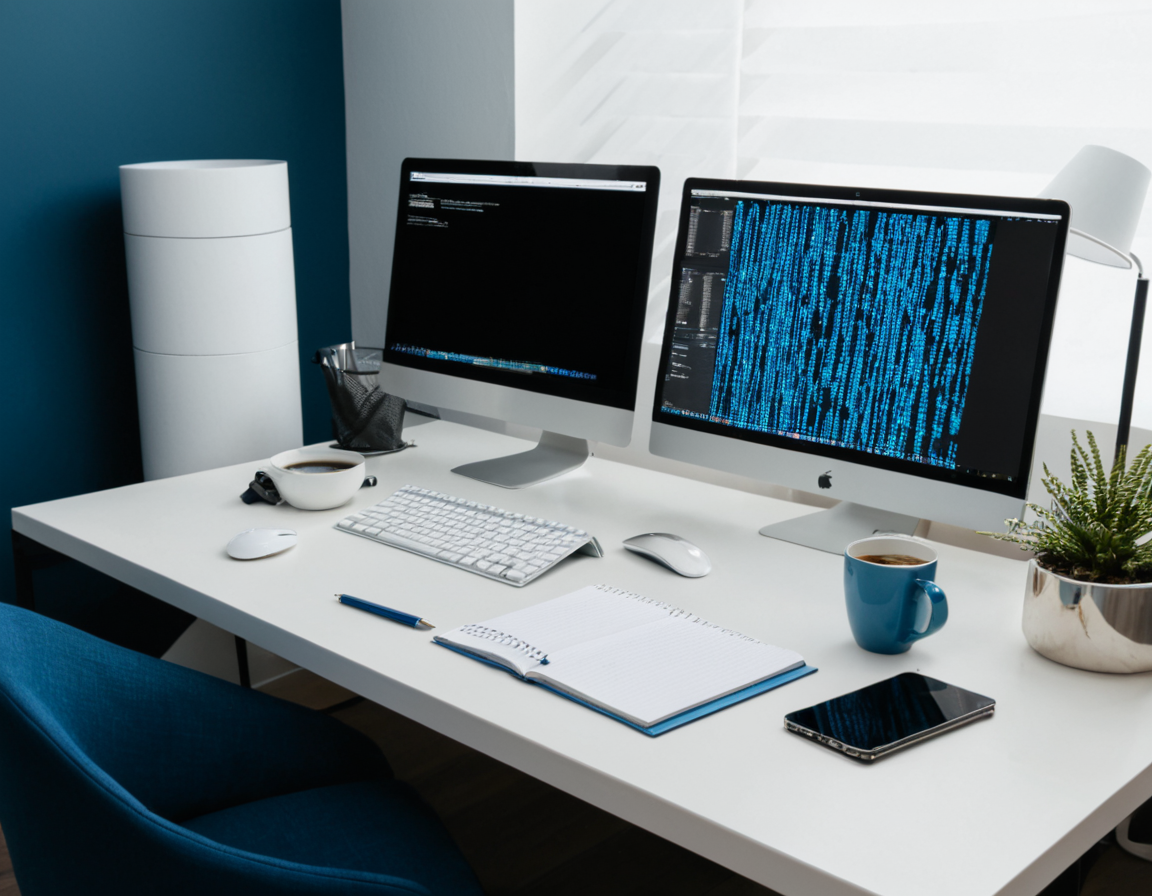AI Generator Guide

From Concept to Reality: A Step-by-Step Guide to Using AI Image Generators for Graphic Design
AI image generators have revolutionized the graphic design industry, offering a new dimension of creative possibilities. However, understanding and leveraging these tools effectively can be daunting, even for experienced designers. In this article, we will delve into the world of AI image generators, exploring their applications, limitations, and best practices for incorporating them into your design workflow.
Introduction
The use of AI image generators in graphic design is a relatively new phenomenon, but it has already started to make waves in the industry. These tools can produce stunning images with unprecedented speed and efficiency, allowing designers to focus on high-level creative decisions rather than tedious manual labor. However, as with any new technology, there are risks involved, such as loss of control over the generated content or potential copyright issues.
Understanding AI Image Generators
Before we dive into the practical applications of AI image generators, it’s essential to understand how they work. These tools use deep learning algorithms to generate images based on patterns and styles learned from vast datasets. This process is typically done in the background, allowing designers to focus on other aspects of their workflow.
Key Limitations
While AI image generators can produce impressive results, there are several limitations that designers should be aware of:
- Lack of control: Once an image is generated, it’s challenging to make significant changes without starting from scratch.
- Quality variability: The quality of the generated images can vary greatly depending on the complexity of the task and the dataset used.
- Copyright concerns: Using AI-generated content without proper clearance or ownership can lead to serious copyright issues.
Preparing for AI Image Generation
Before you start exploring AI image generators, it’s crucial to prepare your design workflow:
- Skills assessment: Ensure that you have a solid understanding of graphic design principles and software applications.
- Time management: Be realistic about the time required to achieve the desired results, as AI-generated images can be faster but may require more iterations.
Step 1: Choosing the Right Tool
With so many AI image generators available, selecting the right one can be overwhelming. Consider the following factors when making your decision:
- Ease of use: Look for tools with user-friendly interfaces and minimal learning curves.
- Output quality: Evaluate the tool’s ability to produce high-quality images that meet your design standards.
- Cost: Be aware of any subscription fees or licensing requirements.
Step 2: Setting Up Your Workflow
Once you’ve chosen a suitable AI image generator, it’s time to set up your workflow:
- Design brief: Establish clear goals and objectives for the project, including the desired style, tone, and message.
- Reference materials: Gather relevant reference images, color palettes, or other resources that can help guide the generation process.
Step 3: Generating Images
Now it’s time to start generating images using your chosen tool:
- Experimentation: Don’t be afraid to try different styles, settings, and parameters to achieve the desired results.
- Iteration: Be prepared to make significant changes or adjustments as needed to ensure the generated images meet your design standards.
Step 4: Post-Processing and Refining
After generating images using AI image generators, it’s essential to refine and polish them:
- Color correction: Ensure that the colors are accurate and consistent with your brand guidelines.
- Composition adjustments: Make any necessary adjustments to composition, layout, or other visual elements.
Conclusion
AI image generators have the potential to revolutionize graphic design workflows by streamlining tedious tasks and enabling designers to focus on high-level creative decisions. However, it’s crucial to approach these tools with caution, understanding their limitations and risks. By following this step-by-step guide and maintaining a thoughtful, iterative approach, you can harness the power of AI image generators to take your designs to the next level.
What’s Next?
As we continue to explore the possibilities of AI image generators, it’s essential to consider the broader implications of their use in graphic design. Will these tools lead to increased creativity and innovation, or will they perpetuate existing design trends?
The conversation is yours – share your thoughts on how you envision the role of AI image generators in shaping the future of graphic design.
This article has reached its word limit.
About Carlos Ramirez
AI enthusiast & photography expert Carlos Ramirez | Helping you unlock the power of AI in image editing & generation | Join me on this visual journey as we explore the latest smart photography tools & techniques on gophotos.com
